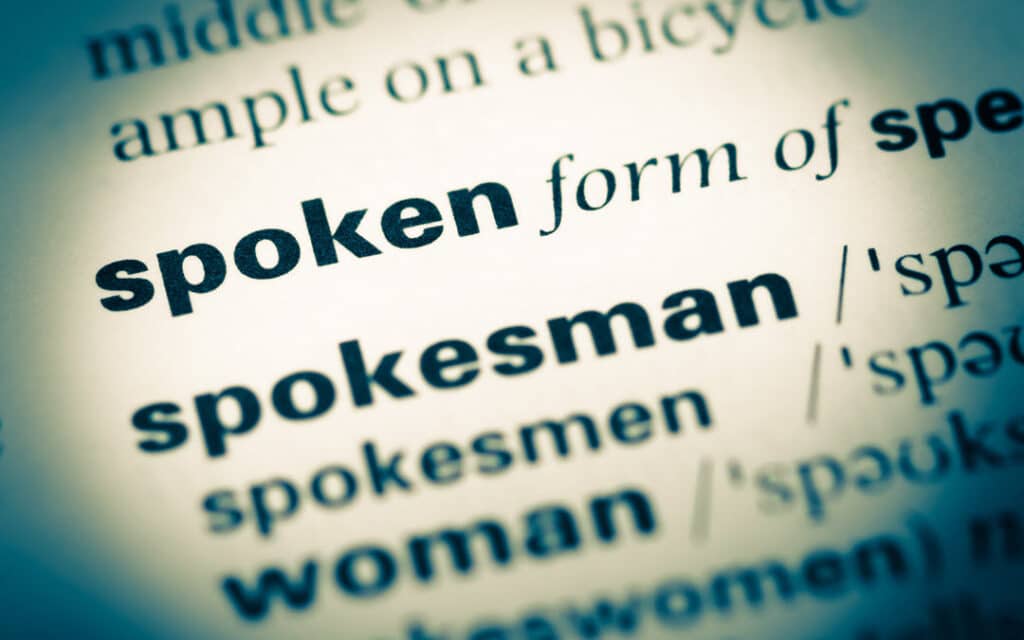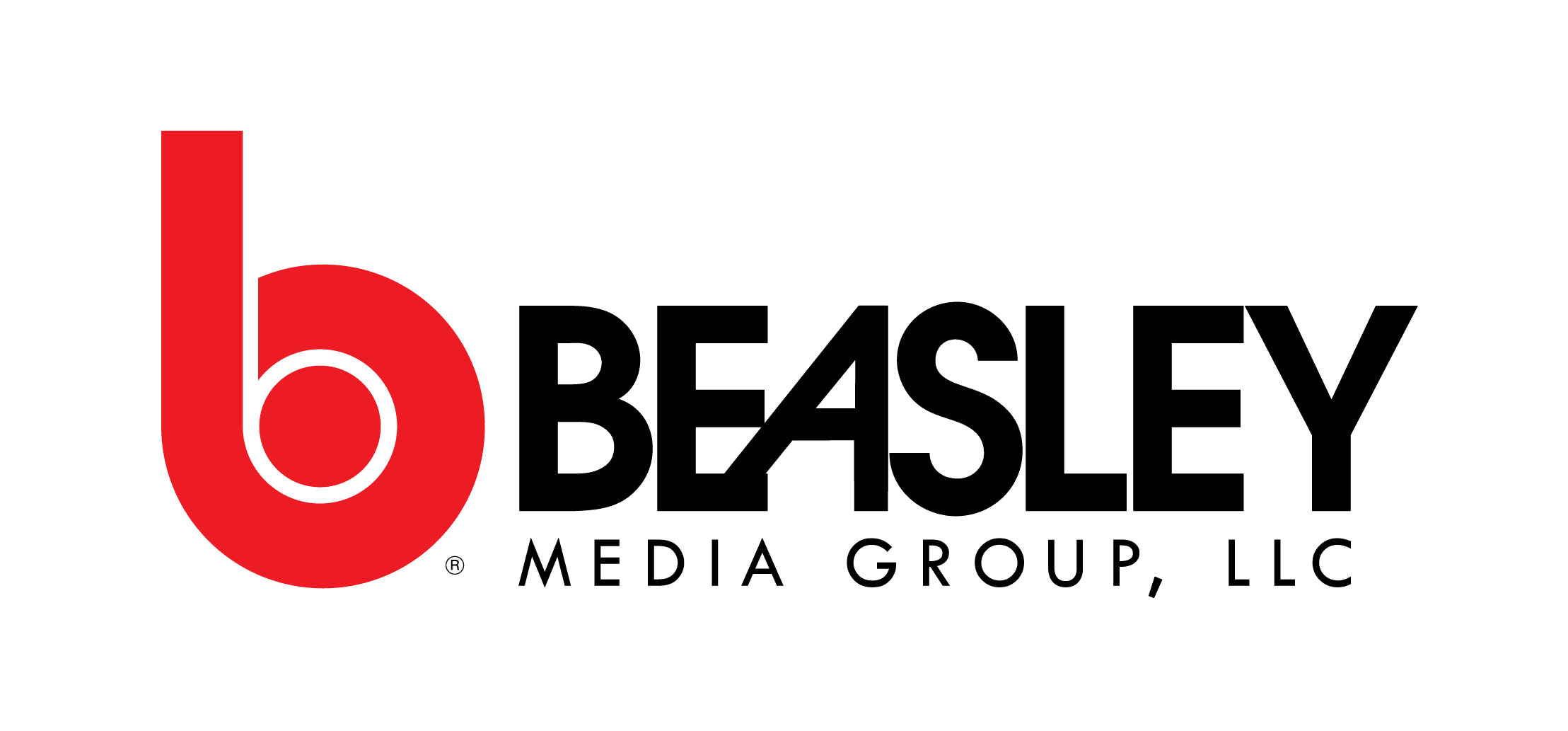The spoken word. The most intimate of ways to communicate.
Few things can generate more emotion or immediate action. It’s said that King Solomon remarked, “Death and life are in the power of the tongue.” In 2018, we’d modify this a bit and apply it to advertising, saying, “Revenue and success often lie in the power of the tongue.”
This might sound a bit melodramatic, but suffice it to say the spoken word carries tremendous weight and enormous impact, particularly when it emanates from a trusted, respected, and “safe” source.
The spoken word forms the foundation of our daily interpersonal communication. Dr. Louann Brizendine, clinical professor of psychiatry at the University of California, San Francisco, in her book The Female Brain, stated that the average adult utters about 14,000 words per day (20,000 for women, 7,000 for men).
Unlike video, the spoken word can be heard around corners, can be processed when our eyes are closed (seeing is voluntary, hearing is not) and can commandeer our attention when we are not paying attention.
The spoken word can stop us in our tracks, generate laughter or tears, instantly change moods, generate colorful imagery, lead to feuds, start or end relationships, close or blow a sale, heal or destroy, bring comfort or pain, produce change, make or break careers, create lasting first impressions, and even start or end wars. In fact, a study by the University of Wisconsin, Madison, concluded that the spoken word can carry the same physiological impact as a mother’s “hug” or “touch” when it comes to reducing stress.
The spoken word provides context and nuance and enables us to convey emotion in a way that the written word simply can’t. There’s only one way of writing the word “tonight,” but the famed acting coach Stanislavsky had his actors/actresses pronounce and stress it 50 different ways to convey different shades of feeling and meaning.
In 2018, and for the past 96 years, broadcast radio, its personalities, and commercial messaging have marshaled the power of the spoken word more efficiently and effectively than any other marketing option.
It’s free from the constriction and limitations of visuals, and its commercial messaging is individually addressable, in that it only takes people in their minds to places they have already been, allowing the listener to personally fill in the blanks, as they alone are ultimately in charge of what they “see.”
Radio is an intimate medium, affording the listener both the one-on-one personal experience of magazines, combined with the trustworthiness of a close friend. It’s a mood selection device and a time machine as effective as any in the H.G Wells novella, transporting the listener back to an exact place and time when they first heard a song. It brings comfort in a fast-paced world via its personalities, who are an important part of listeners’ daily lives, and it acts as an adviser, helping listeners navigate successfully via its traffic, news, and weather. It’s is also a powerful connector, keeping listeners connected to the wider world beyond their online social networks.
As the famous professor and philosopher Marshal McLuhan once noted, “Radio affects most people intimately, person-to-person, offering a world of spoken communication between speaker and the listener. That is the immediate aspect of radio. A private experience. It comes to us ostensibly with person-to-person directness that is private and intimate.” These words are as true today as the day they were uttered.
Radio and the spoken word, an incredibly effective and efficient way to command attention and to communicate a commercial message in 2018.
The Elizabethans described the spoken word as “decorated silence.” I describe it as a great way to market a product or service — on the radio.
Bob McCurdy is Vice President of Sales for the Beasley Media Group and can be reached at bob.mccurdy@bbgi.com.
This article originally appeared in Radio Ink.


